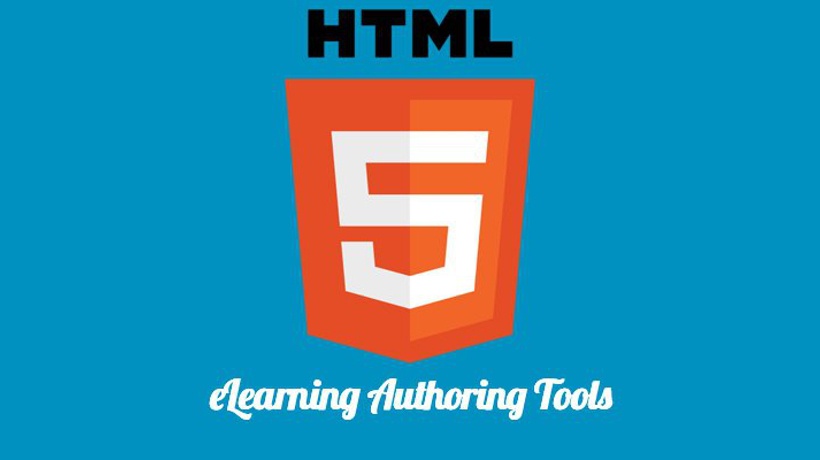Tips For Picking The Right Authoring Tool
eLearning is once again experiencing a transformation. From the introduction of Artificial Intelligence (AI) and Machine Learning (ML) for creating training content to chatbots and personalized learning paths, technology is redefining how eLearning is created and experienced. It is important to select the right content-authoring tool to create effective and engaging online courses to take advantage of all that is new in eLearning. This article will provide a checklist of items to evaluate before selecting an eLearning authoring tool.
Defining The eLearning Authoring Tool (Vs. The Content Creation Tool)
There are many tools in the market that support the creation of eLearning courses, and it is worth noting what exactly eLearning authoring tools are. I define eLearning authoring tools as software programs that allow users to produce lessons and/or courses using text, media (i.e., audio clips, pictures, videos, animations), and interactions (i.e., games, quizzes). Basically, it is a software tool that allows users to arrange text and media into a standardized lesson or course structure. These can then be exported to Learning Management Systems (LMSs) or saved in various formats.
I define eLearning content creation tools as tools that help to build the text (or media) for the lessons (including assessment questions). I consider these different than eLearning authoring tools because this is the step before you can use an eLearning authoring tool and is not highlighted in this article.
Tips For Choosing An eLearning Authoring Tool
The most crucial benefit of eLearning authoring tools is that they provide an easy interface for educators, trainers, and Subject Matter Experts to produce eLearning courses without requiring advanced technical skills or complex programming. There are many tools in the market, and the choices keep growing. It is essential to make a thorough assessment of your needs before deciding. Here are eleven things to evaluate before deciding:
1. Content Assembly
Evaluate the tool's ability to support various content types, such as text, images, videos, audio, and interactive elements like quizzes, simulations, and games. Determine whether it will support the needs and goals of the learners of your program.
2. Import Capabilities
Look at what type of content can be imported into the tool. Most tools support importing presentations, but some featured tools can also import Word documents, HTML pages and video (i.e., MP4) files.
3. Interactive Elements
Evaluate what interactions and assessments are available. Think games, quizzes, drag-and-drop activities, and clickable hotspots that break up the monotony of repetitive text and lessons.
4. Templates And Branding
Ask about templates and configurable branding that will allow all eLearning courses to offer a consistent (and on-brand) experience. Look for uncluttered templates that are aesthetically pleasing and enhance the learning experience. The template should allow you to easily customize colors, fonts and layouts, and offer libraries of images, graphics and icons.
5. Advanced Features
Inquire about modern technologies and their benefits. For example, some tools use AI to suggest what interactions to include. If your tools claim to be enabled by AI for content creation, ask about their learning models and how they prevent plagiarism and hallucinations (fabricated outputs from large language models).
6. Scalability
Evaluate how existing courses can be updated as the number of courses grows and the content evolves.
7. New Features
Inquire about the product roadmap and how it aligns with future needs.
8. LMS Compatibility
Almost all eLearning authoring tools support learning standards like SCORM and xAPI, but it is worth checking whether your preferred course authoring solution will integrate with your specific LMS.
9. Feedback
Many eLearning authoring tools offer collaboration tools to gather input from Subject Matter Experts, but it is worth digging into the specific functionality. Ask if there is a limit on the number of contributors, whether they all need licenses, and how feedback is incorporated into the course.
10. Support And Training
Check what customer support is available, including technical assistance and training. Some will provide online training only, while others will offer the option for personalized training. Also, look at whether phone or email support is available.
11. Pricing
Compare the pricing models (per-user, subscription, multi-year commitments, one-time purchase) and ensure they fit your budget. Take advantage of demos and free trials to get hands-on experience with your content before committing.
Additional Tips Before Making A Choice
Existing training staff often hesitate to break their existing workflows by introducing a new tool. You may have to rely on feedback from other leaders, peers, or online communities to learn how new technologies and solutions change the way things are done within their departments. User reviews, recommendations, and professional conferences are great ways to learn about what is new.
Editor's Note: Visit our eLearning authoring tools directory to find the right software for your organization.







